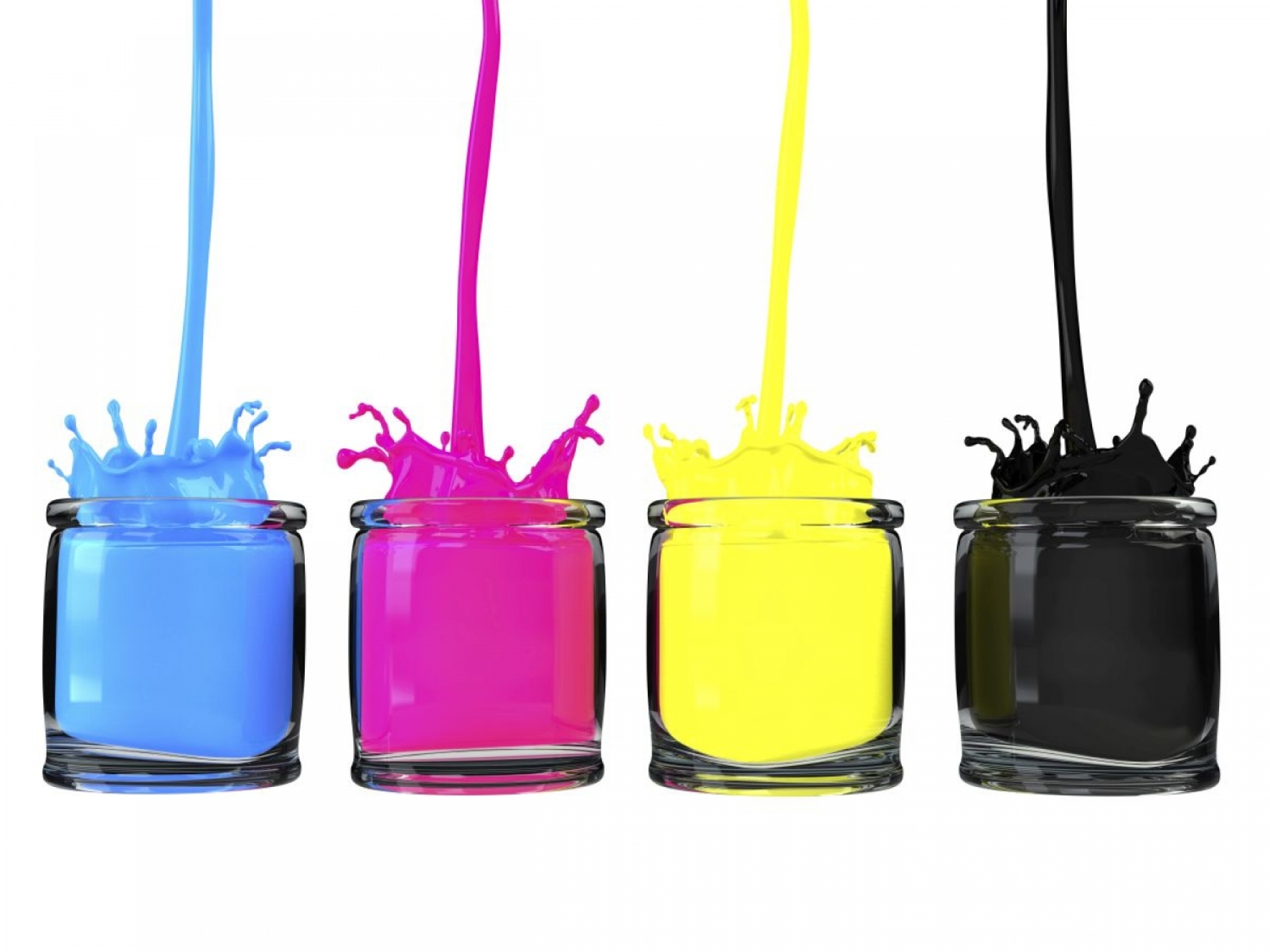Digital printing continues to extend its sphere of influence beyond its comfort zone both within the graphic arts sector and beyond. Looking past traditional commercial print applications such as books, magazines, newspapers and printed marketing collateral, the latest printing technologies are increasingly being used within the manufacturing process for a broader range of products. This ongoing migration offers commercial print service providers (PSPs) real opportunities for growth.
Digital print’s core benefits – on-demand, short-run, personalised production – are already well-established in all sectors of the graphic arts industry, and are now starting to make a real impact in industrial markets too. With the on-going advances in image quality, speed and finishing, manufacturers are gravitating towards industrial and functional printing to create, decorate and mark products, cost effectively and on-demand.
The industrial print market by its very definition is extremely broad, but for forward-thinking PSPs with the capacity and commitment to develop their service offering, there is vast potential in multiple markets – interior décor and functional printing to name but two. These opportunities enable PSPs to integrate into their customer’s design and production process and add value to the end product. In many ways, they’re transitioning from a print service provider to a manufacturing partner.
In terms of interior décor, PSPs can invest in digital printing, finishing and additive manufacturing (3D) technologies to create applications such as wallpaper, flooring, panelling and more high-end products using glass and ceramics, and grab a slice of an industry that is estimated by InfoTrends to be worth just under a trillion dollars globally.
In terms of functional printing, PSPs can explore ways of enhancing the manufacturing process for prospective customers. Here, print isn’t the core product but a method to help manufacturers to adapt products and/or the way they are produced.
From car instrument binnacles via thermoforming (whereby a plastic sheet is heated to a forming temperature and then moulded into a specific shape) and machine parts such as membrane switches to decorating popular products such as surfboards and skateboards, print is taking both design and production to a whole new level.
Looking at two of biggest exhibitions this year, FESPA and drupa, you can see the industrial print is a common theme and a trend that is quickly gathering pace. At these events, a relevant conference session or a simple conversation with the right technology partner could get the ball rolling for a PSP. Now, diversifying into industrial print is not a simple ‘one size fits all’ process, but taking into consideration both market demand and the success of existing industrial printers, it’s certainly worth PSPs taking the time to explore the opportunity to determine whether it’s right for their business.
Are you already printing industrial applications or thinking about doing so? Tell us about your experience and thoughts below.
